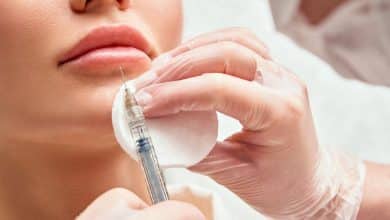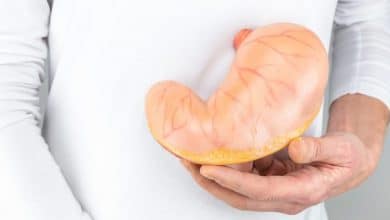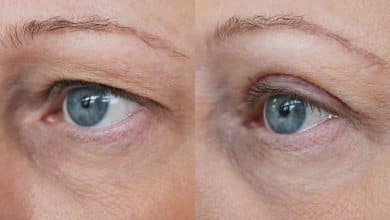Drug treatment of varicose veins

Varicose veins are primarily recognized by their appearance. Physical examination and ultrasound determine the degree of venous insufficiency in order to choose the most suitable treatment for the patient. Most people first talk to a vascular specialist to manage their condition with conservative treatments. If the venous insufficiency is serious enough, you should consider a suitable treatment process for them.
Varicose veins are easy to see and appear as raised veins, usually purple or blue, 3 mm or more in diameter. Although varicose veins are visible, they may not be symptomatic. Symptoms usually associated with venous reflux include:
- Heaviness in the legs
- Tenderness, burning or itching in the area around the vein
- Change in skin color
- Difficulty exercising
- leg fatigue
During the physical examination, the doctor will perform tests such as raising the legs to evaluate the functioning of the valves of the veins. When the doctor has sufficient evidence for venous reflux, he recommends a color duplex ultrasound to image the deep and superficial veins in the legs. This ultrasound helps him to check the distribution of varicose veins, the source and depth of reflux and the health of deep veins and saphenous veins.
Varicose veins treatment methods
Varicose veins cannot be treated. The goal of treatment is to control symptoms and prevent complications.
1_ Conservative treatments
Varicose veins can usually be treated with compression stockings, leg elevation, and lifestyle changes such as weight loss and exercise.
2- Medicinal treatment of varicose veins
Conservative treatment includes over-the-counter pain relievers to control any pain or discomfort. Small varicose veins can be removed by injecting sclerosing agents. These drugs damage the inner lining of varicose veins and the scar tissue created causes blockage of the vein. Then, the body forms new vessels and the varicose veins are gradually absorbed by the body.
Symptoms of varicose veins, pain and discomfort can be managed with over-the-counter non-steroidal anti-inflammatory drugs such as aspirin or ibuprofen or pain relievers such as acetaminophen. But the following drugs are recommended for the treatment of varicose veins:
- Venogol tablets
- Fitone tablets
- Venovital tablets
- Aspirin tablets
- Daflon tablets
1_ Phlebutonics
Some studies have shown that dietary supplements such as horse chestnut seed extract may help relieve the symptoms of varicose veins. The effectiveness and safety of these supplements, which are called phlebutonics, have not yet been proven.
2_sclerosing agents
Instead of surgically removing the varicose vein, the doctor may inject sclerosing agents into the affected vein. This drug destroys the inner lining of varicose veins. The body reacts by forming scar tissue and closes the vein. Then it forms new vessels and the old vessel is gradually absorbed by the body and disappears.
The most common sclerosants used for varicose veins are Asclera (polidocanol) and sodium tetradecyl sulfate. Both of these substances can be injected as a solution or microfoam. Foam sclerotherapy reduces the possibility of drug release into the bloodstream and other blood vessel damage. Injection of sclerosing agents is the safest and most effective method for small varicose veins, or veins that are about 3 mm or less in diameter. Sclerosing agents are usually used to treat varicose and reticular veins.
3- thermal ablation with laser
In laser therapy, the dermatologist removes the visible veins by guiding the laser beam in the skin above the vein. Laser therapy is a standard and effective treatment method to eliminate spider veins. This method can be used to treat small and large varicose veins. For larger varicose veins, intravenous laser therapy is performed, which involves inserting a laser catheter into the affected veins.
4_ Surgery
The goal of surgery is to reduce the return of blood flow to the saphenous vein. This surgery is usually performed by closing the connection between the saphenous vein and the femoral vein. Then, the surgeon may cauterize the entire saphenous vein or remove it completely. When the superficial vessel is no longer available, the body directs the blood flow from other superficial vessels to the deep vessels by producing new blood vessels.
5_ Outpatient phlebectomy
Phlebectomy, as an outpatient procedure that requires local anesthesia, involves removing the varicose part of the superficial vein.
6_ valvuloplasty
In rare cases, the patient may be a good candidate for saphenous vein valve repair surgery at its junction with the femoral vein. Valvuloplasty is a treatment method for people who have heart valve defects from birth.






